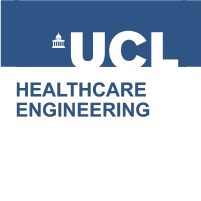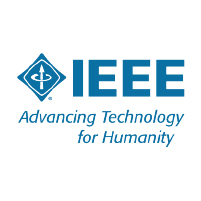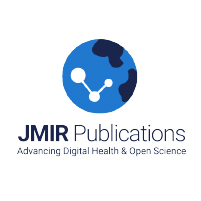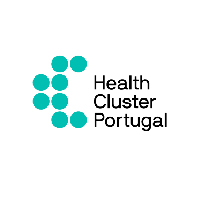
This project has been shortlisted for the DPH 2025 Innovation Prize – Best Data Driven Innovation
Team: Gabriel Pestana and Miguel Sardinha (Setúbal Polytechnic University, Sardine Dimension – Unipessoal Lda)
Outline: This project addresses a persistent challenge in hospital emergency and inpatient settings: ensuring timely and accurate diagnosis when clinicians are constrained by time and operational limitations to provide minimal patient data. We present a clinical decision support platform that realises Health 5.0 principles by integrating sparse, context-aware input into a semantically enriched, interoperable analytics pipeline. It enables personalised diagnostics through patient similarity modelling and structured clinical knowledge. The goal is to deliver a Data-Driven Clinical Decision Support Platform for diagnostic precision with sparse input in emergency and inpatient care.
The platform ingests brief clinician-reported symptom data via a structured interface guided by context-sensitive clinical prompts. Inputs are semantically encoded using standard terminologies (e.g., SNOMED CT, ICD-11) and mapped to a Master Data Management (MDM) catalogue aligned with HL7/FHIR data formats and reference ontologies. These are cross-referenced with anonymised health records from federated repositories, identifying demographically and symptomatically similar patients to infer differential diagnoses, disease trajectories, and suggested investigations. Architectural components:
- Data ingestion module handles structured and unstructured input from clinicians, normalising it into a semantic knowledge graph.
- A similarity engine built on unsupervised clustering and case-based reasoning, capable of identifying analogous patient cohorts based on multidimensional proximity across age, symptoms, comorbidities, and prior interventions.
- Inference layer using Bayesian reasoning and rule-based logic to generate ranked diagnostic hypotheses and suggest subsequent clinical actions.
- Orchestration layer enables querying of distributed data sources compliant with the European Health
Data Space (EHDS) and GDPR, supporting decentralised federated learning and ensuring patient privacy. The proposed innovation addresses the challenge of diagnostic uncertainty when clinicians must act on partial or scarce clinical data. It automates the extraction and the contextualisation of diagnostic support by integrating three key data layers: (i) minimal patient input provided by clinicians through a guided interface; (ii) patient demographic and longitudinal health data; and (iii) anonymised historical clinical data of demographically and symptomatically similar patients across regional and national repositories. These datasets are harmonized using a clinically validated MDM catalogue, enabling interoperability across public and private healthcare systems in compliance with EHDS and GDPR standards. The core innovation lies in the platform’s ability to generate diagnostic insights from limited clinical input. Achieved by integrating curated medical knowledge bases (e.g., NICE pathways), contextual population health indicators, and age-specific prevalence models. Support proactive care and anticipatory intervention, particularly for older adults whose symptomatology and comorbidities often fall outside standard emergency diagnostic patterns.
Clinicians interact with a decision-oriented dashboard that presents confidence-ranked diagnostic suggestions, summarized analogous case histories, and minimal additional data prompts to refine recommendations. This interface reduces cognitive load while maintaining alignment with established clinical guidelines.
The backend architecture supports seamless integration with hospital information systems (HIS), electronic health records (EHRs), lab information systems, and monitoring infrastructure. Its modular design enables phased deployment across heterogeneous healthcare environments. The platform conforms to FAIR data principles and aligns with EHDS standards, ensuring secure secondary data use and cross-border interoperability. By enabling structured reasoning over sparse data, it enhances diagnostic equity and accelerates time-critical decisions in high-pressure care settings.
















